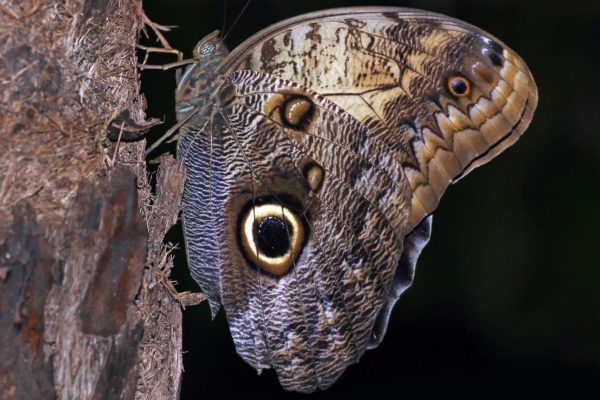
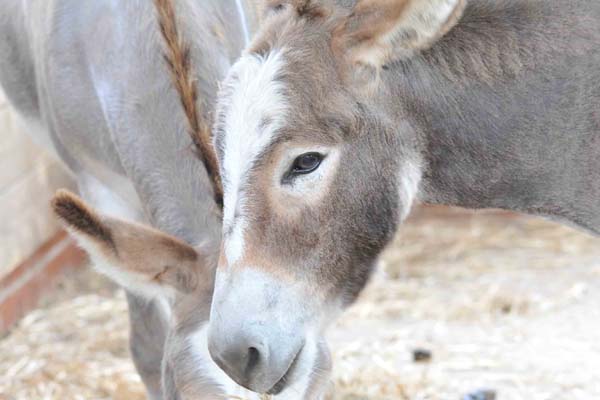
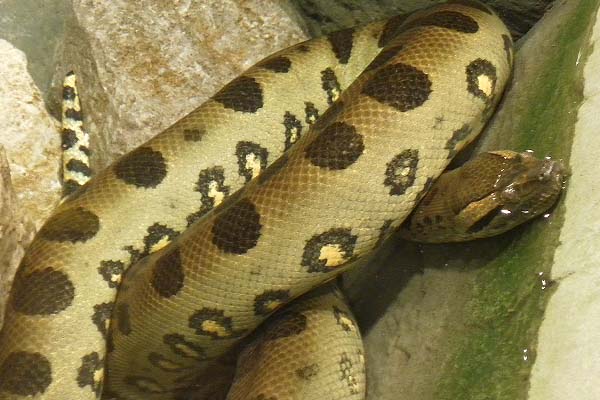
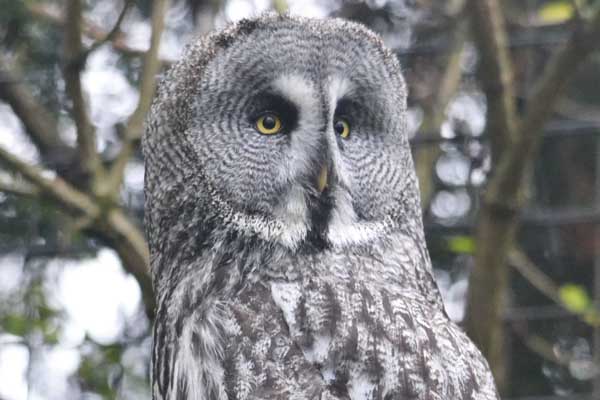
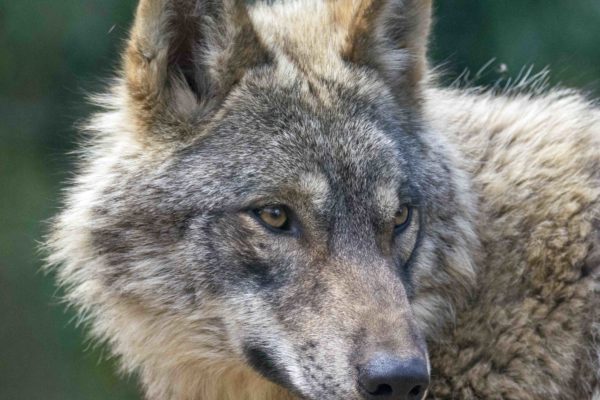

Please be aware that the smaller play area of our soft play complex, Jungle Tumble, will be closed from Monday 13th – Friday 17th May due to annual maintenance work including a thorough deep clean.
Please be aware that the Vulture Encounter at Vulture Valley will not be taking place today. We apologise for any inconvenience caused and thank you for your cooperation.





